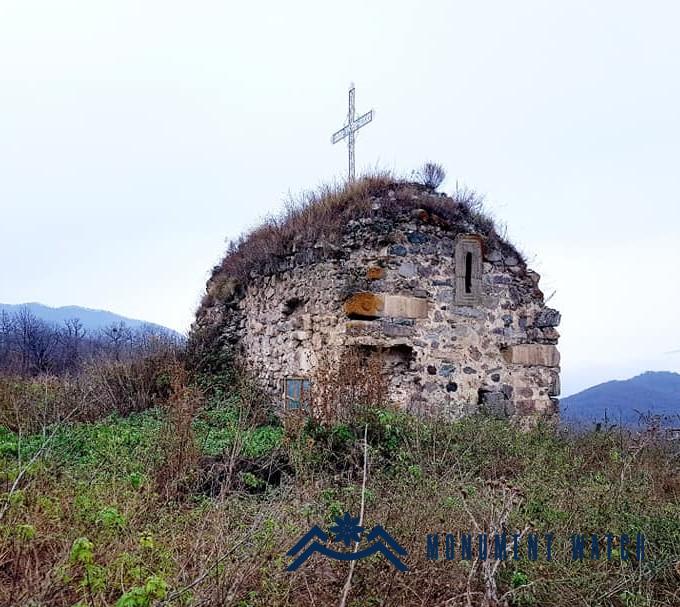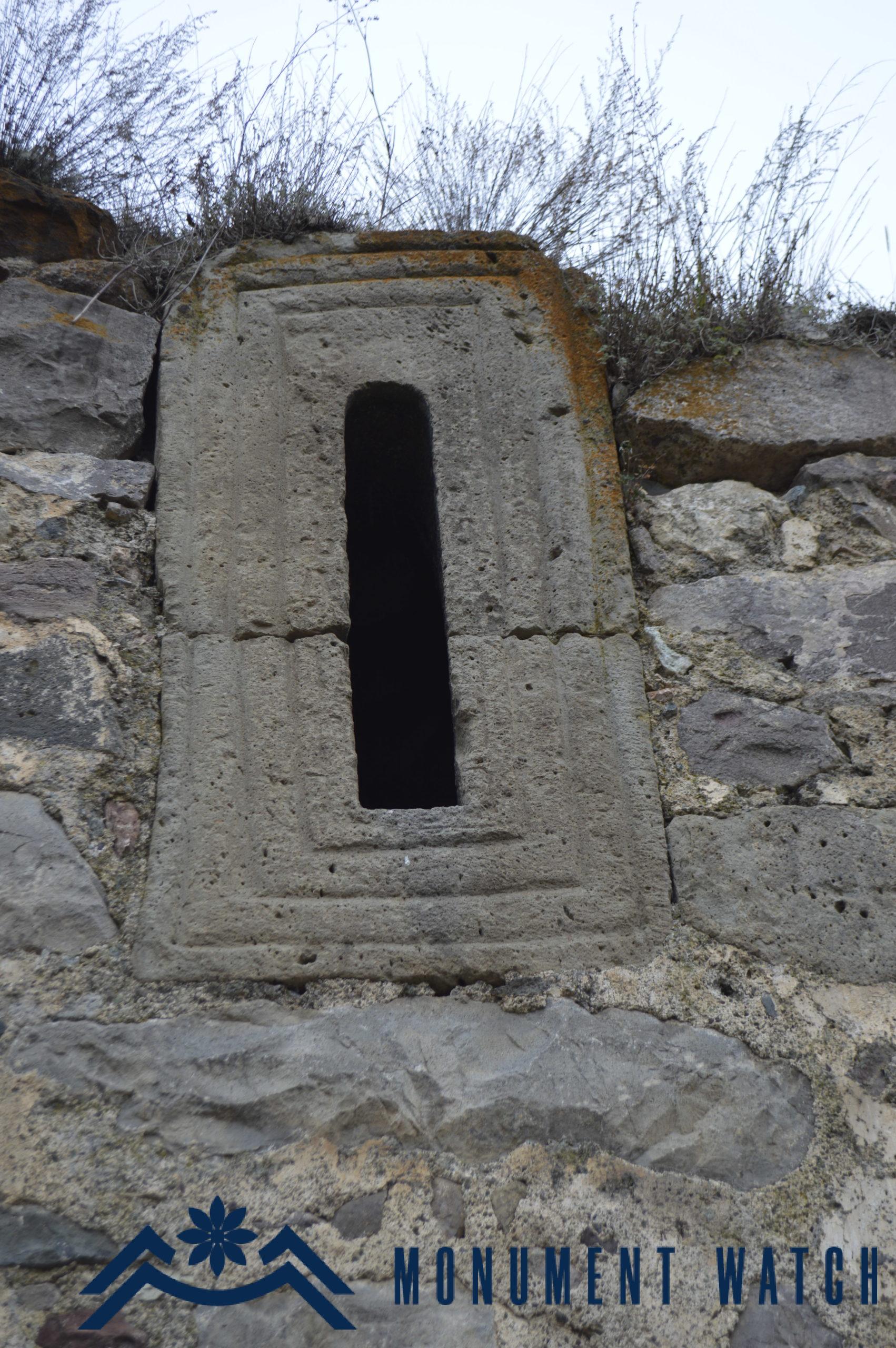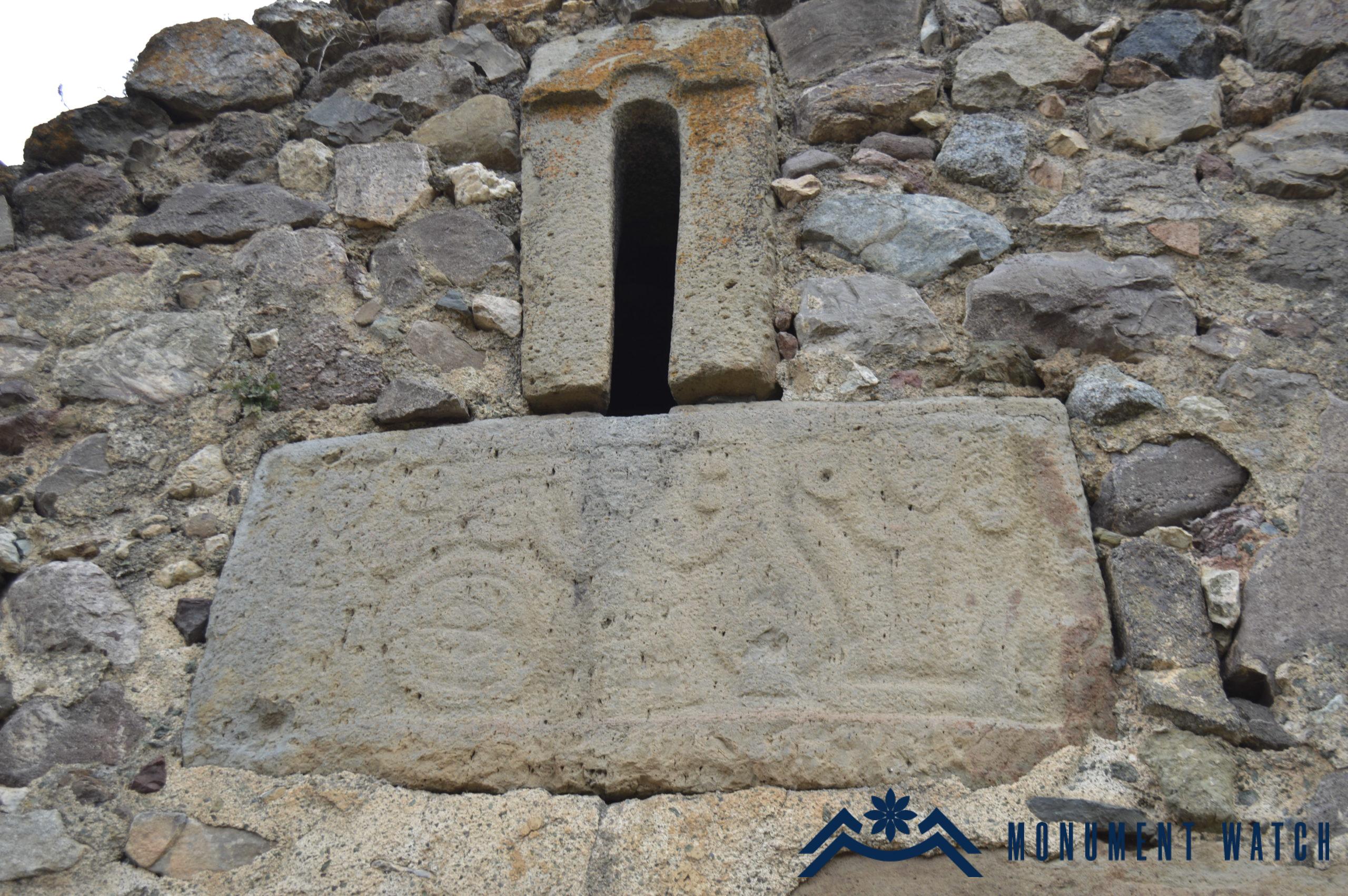Zorakhach Church
Location
Zorakhach Church is located in Kashatagh region of the Artsakh Republic (now under the control of Azerbaijan), 52 kilometers north of Berdzor, on the left bank of the Shalva tributary of the Hakari River, in the territory of Arakhish rural settlement (Fig. 1). Traces of a church, a medieval village and a cemetery have been preserved here. There is no bibliographic information about the monument. Judging by the architectural solutions of the church and the gravestones embedded in the walls (Fig. 2), the church is a structure of the 17th-18th centuries.
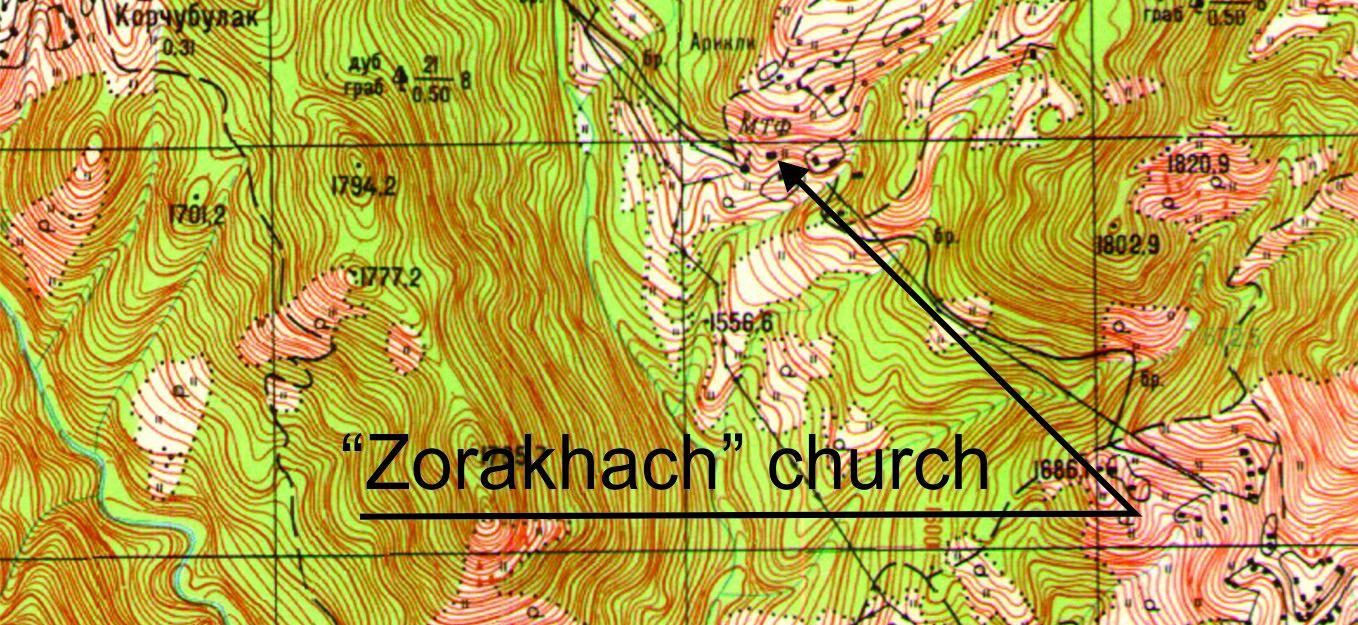
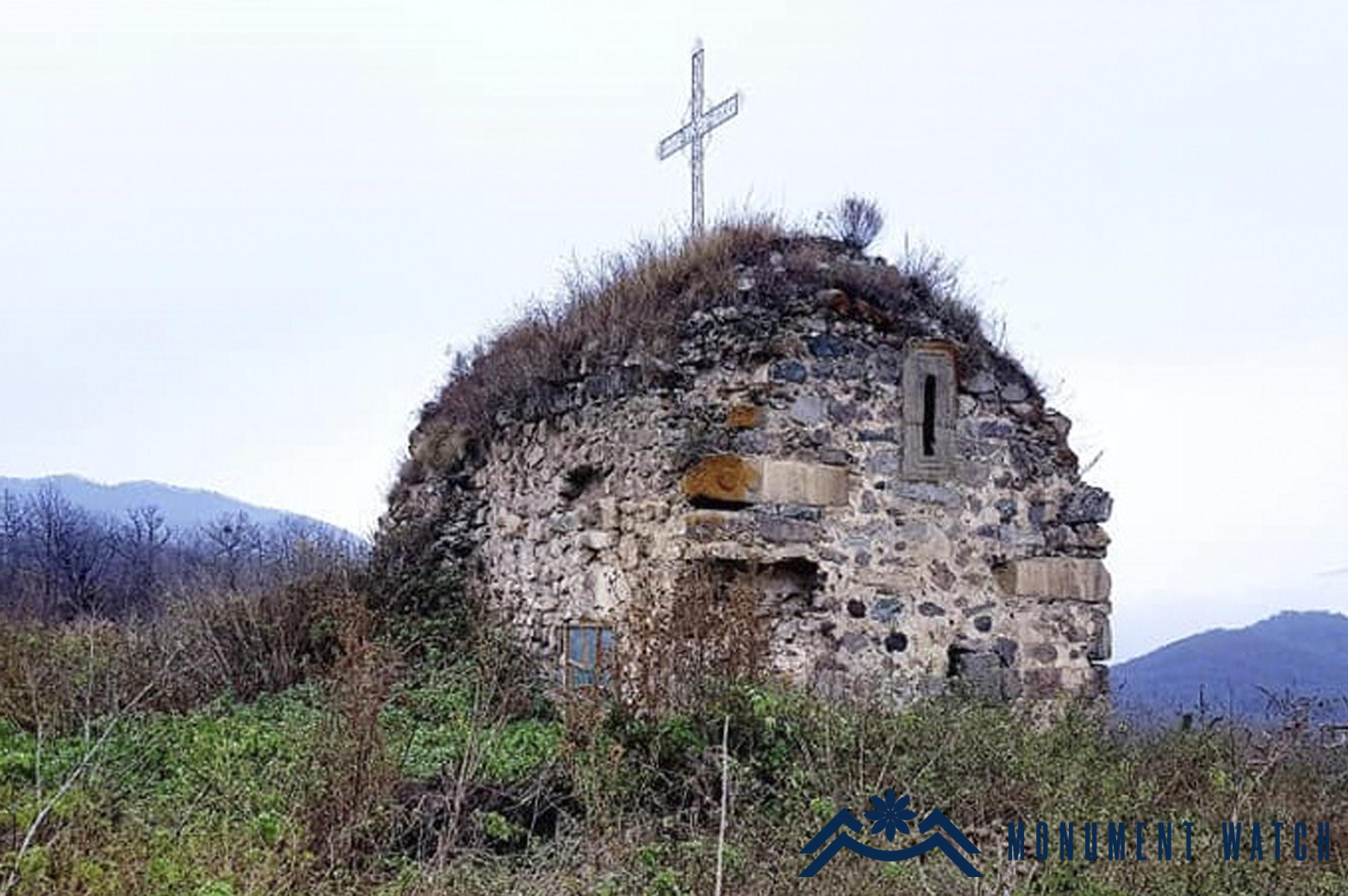
Fig. The view of Zorakhach Church from the north-west, photo by T․ Dalalyan.
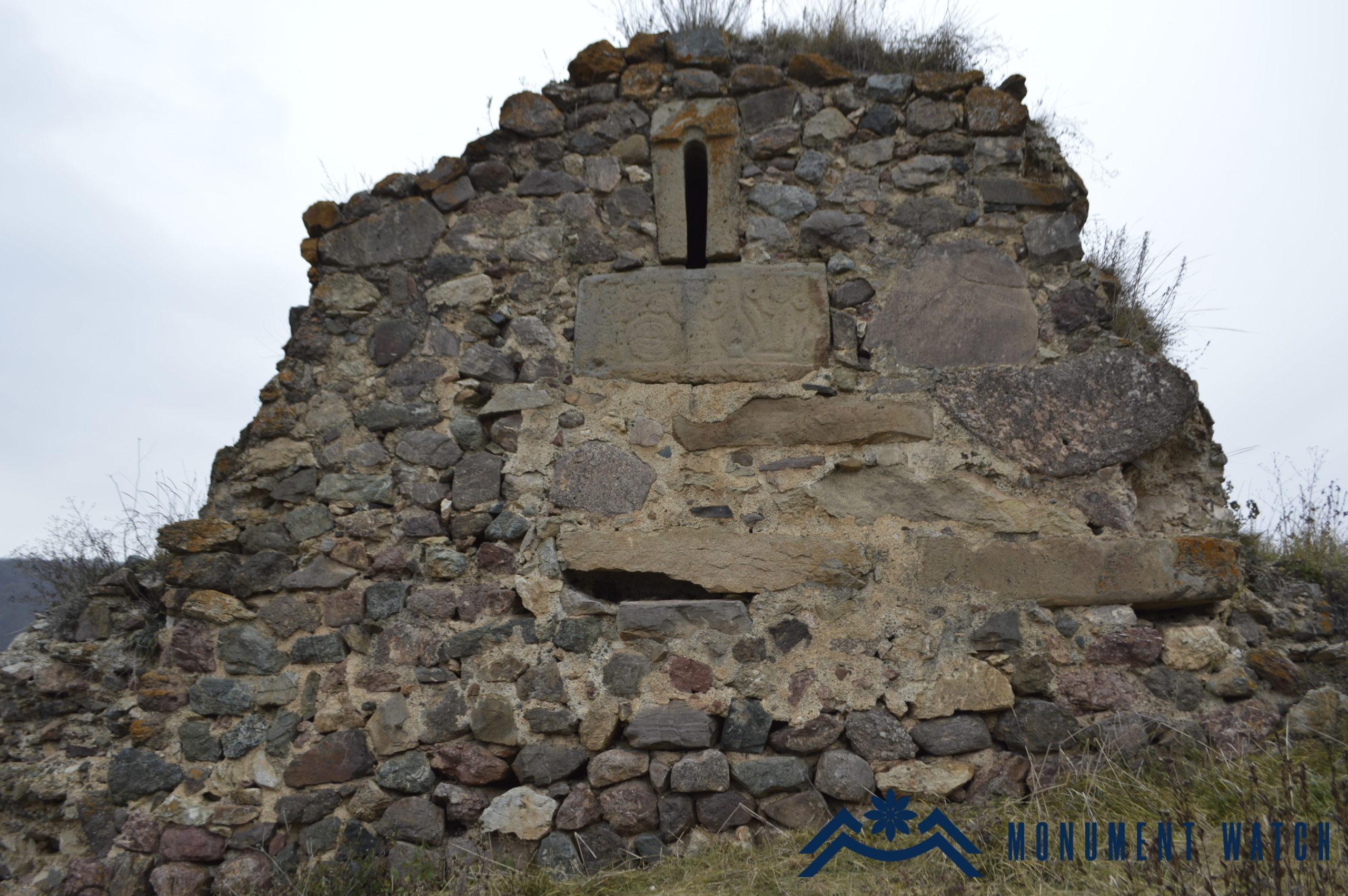
Fig. 2 Zorakhach Church from the east, photo by H. Abrahamyan.
Architectural-compositional examination
The church is built of local raw stones, lime mortar, it is inwardly plastered. Gravestones of the 16th-17th centuries were also used, as well as polished slabs taken from another church. The structure is a single-nave basilica with an elongated altar on the eastern side, to which vestries are attached from the south and north, from which only the stones adjacent to the main structure have been preserved. The entrances of the vestries are opened towards the altar. The church is 9.6 meters long and 5.2 meters wide (10.7 meters with vestries), the thickness of the walls is 1 meter on average (Karapetyan 2001, 164, Fig. 3). The structure has a semicircular vault and a gable roof.
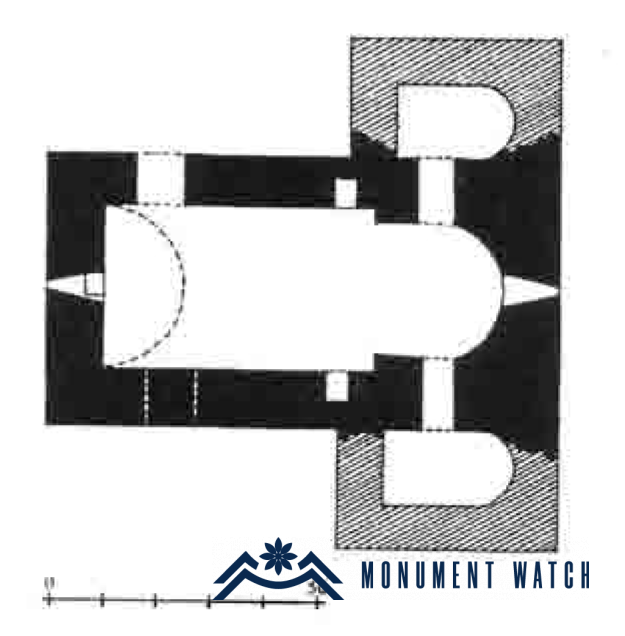
Fig. 3 The plan of Zorakhach Church, S. Karapetyan, Armenian cultural monuments in the region of Karabakh, Yerevan, 2001, p. 162.
The church has two entrances from the northern and southern sides, the latter of which was later rebuilt and pounded. The two windows opened on the eastern and western sides differ in style: it is possible that their polished frames were taken from an earlier structure (Figs. 4, 5).
Among the reused stones in Zorakhach Church there is also a segment of a five-lined donative inscriptions (Karapetyan 2001, 162), which is no way related to this church in terms of its chronology and content.
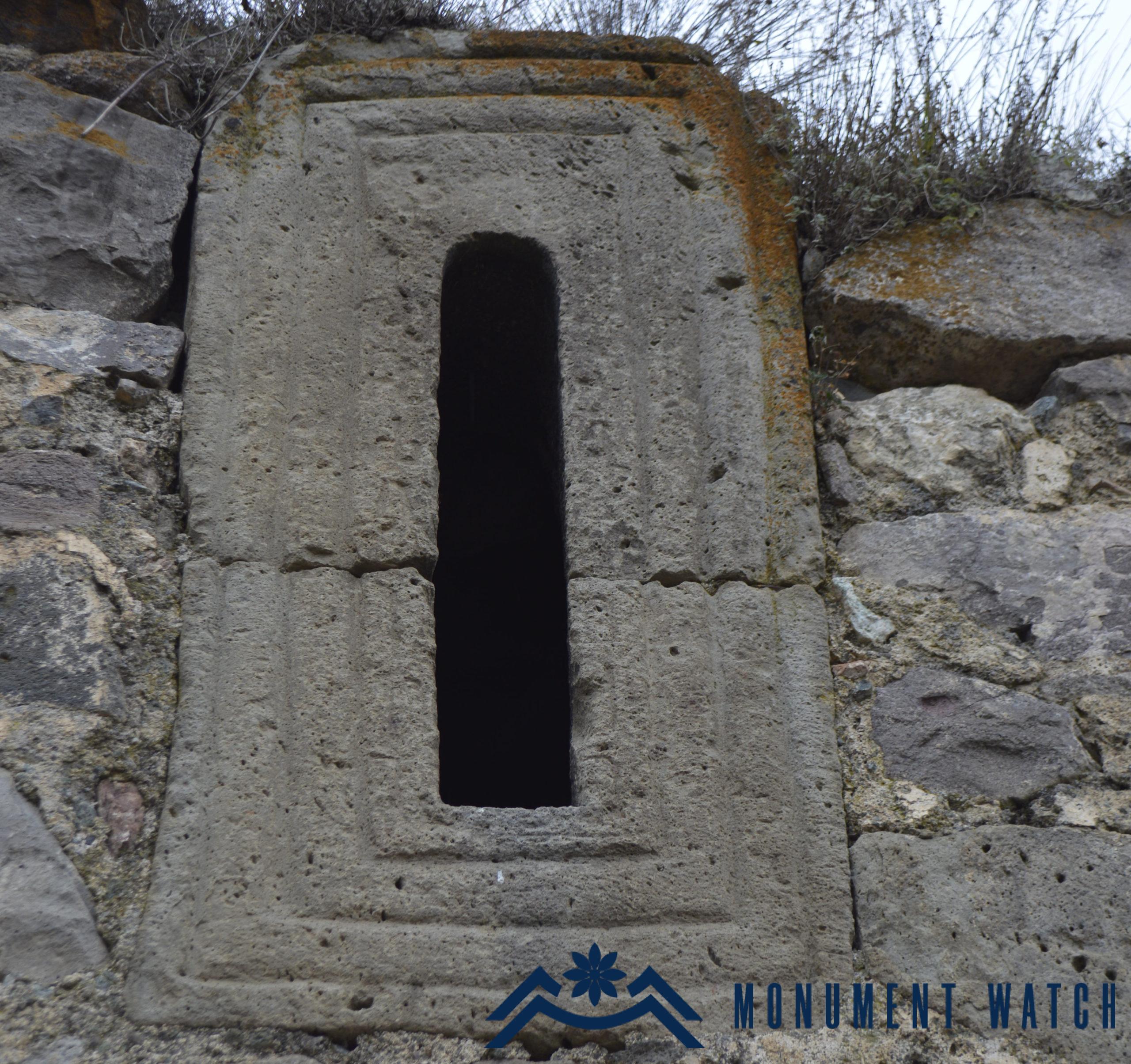
Fig. 4 The window of the western wall of Zorakhach Church, photo by H. Abrahamyan.
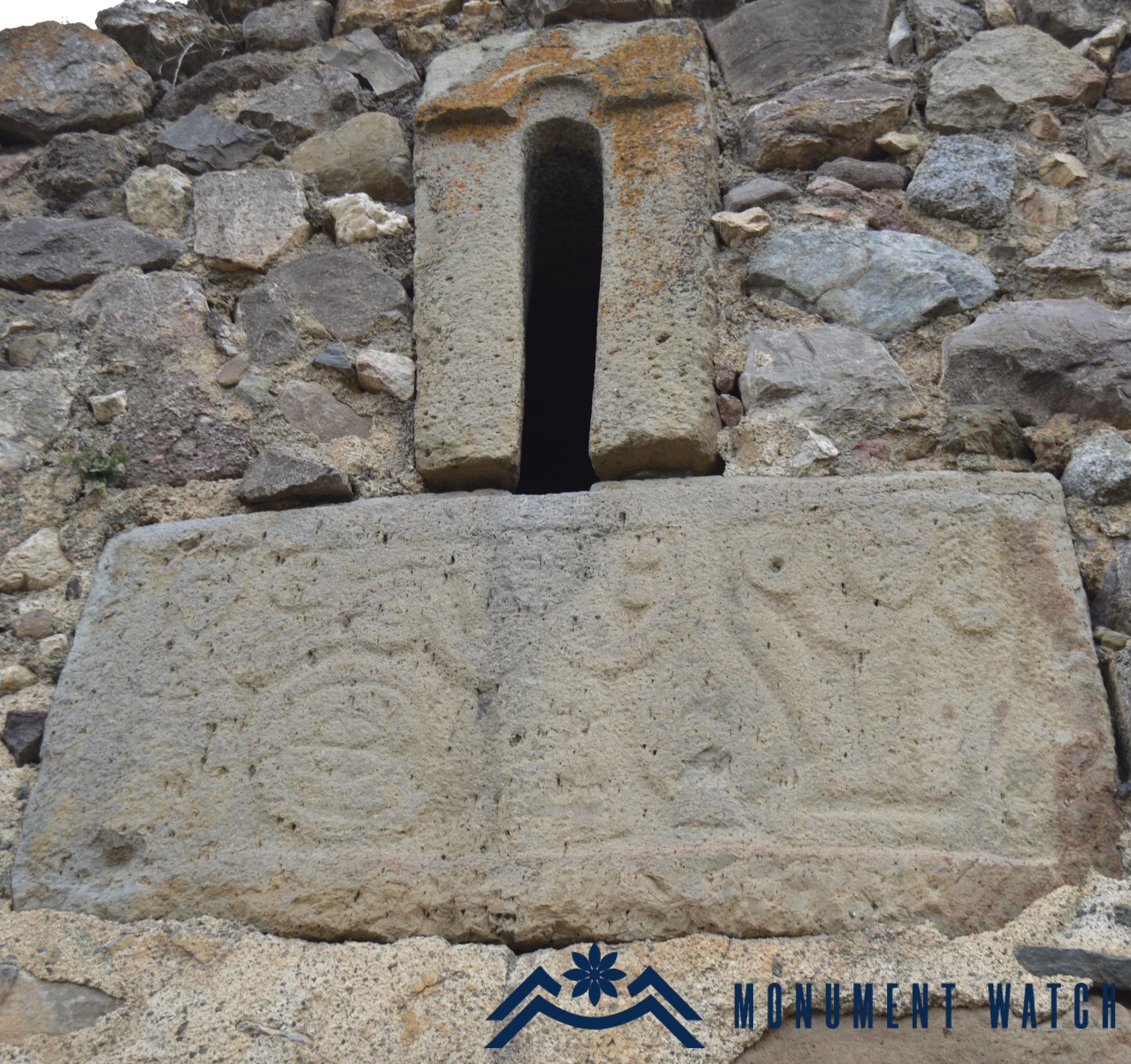
Fig. 5 The gravestone with a scenery of feast embedded in the eastern wall of Zorakhach Church and the window, photo by H. Abrahamyan.
The condition before, during and after the war
The Kurds settled on the spot from the second half of the 18th century, not paying attention to the vestries adjacent to Zorakhach, made use of the main structure for economic purposes. The only change after the first Artsakh war was the installation of a large iron cross on the roof (Fig. 6).
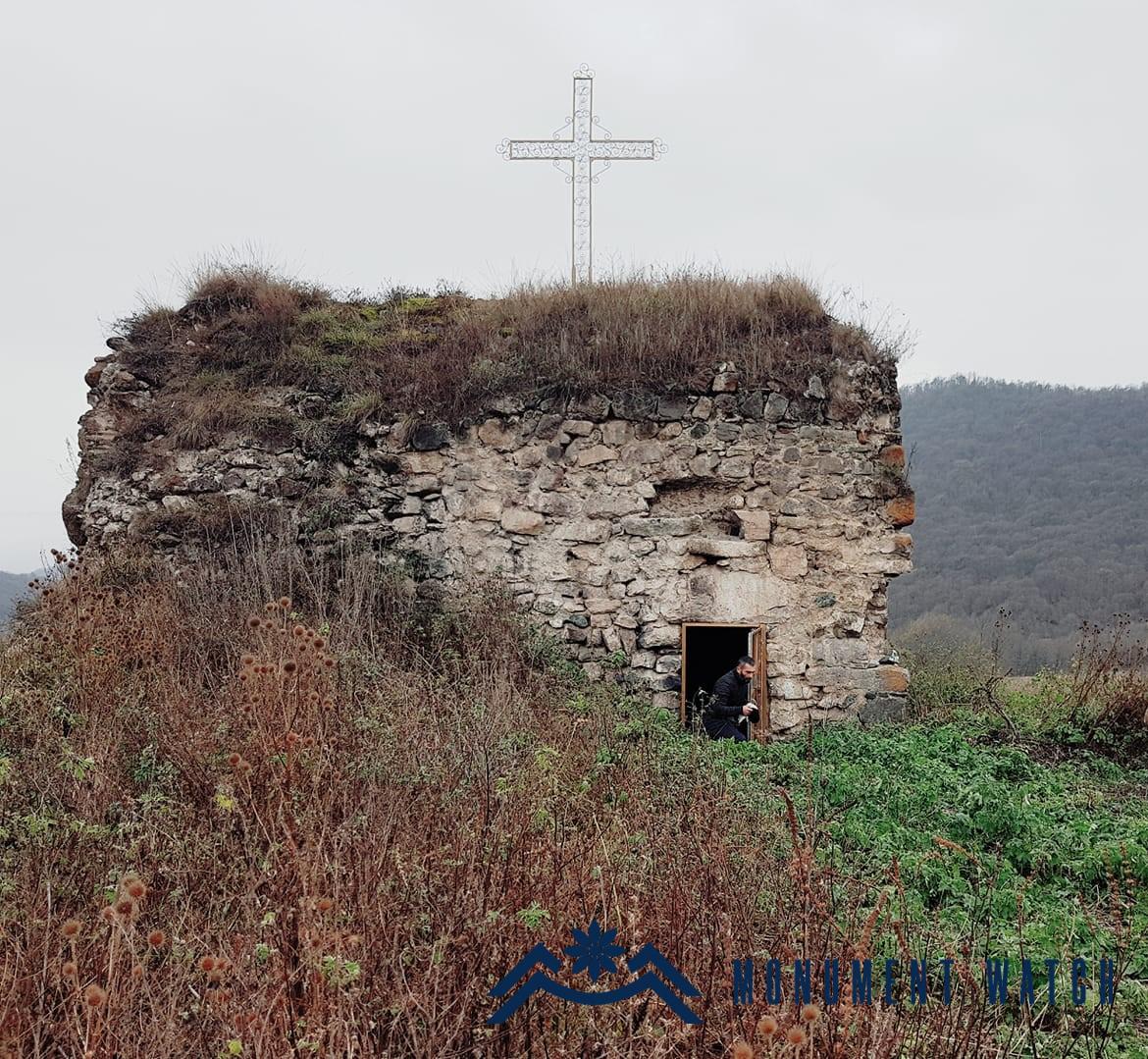
Fig. 6 Zorakhach Church and the iron cross placed on the roof, photo by T․ Dalalyan.
Bibliographic examination
Researcher S. Karapetyan in his book “Armenian cultural monuments in the region of Karabakh” presents Zorakhach Church, but calls it Arko Verin (Upper) (Karapetyan 2001, 164).
Bibliography
1․ Karapetyan 2001 – S. Karapetyan, Armenian cultural monuments in the region of Karabakh, Yerevan.
Քաշաթաղ
Արցախ
